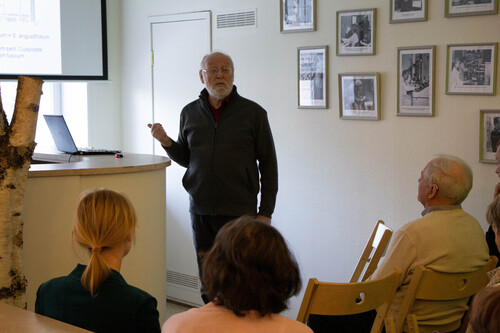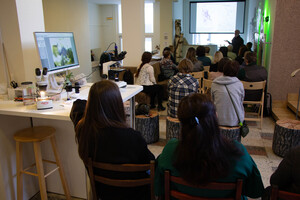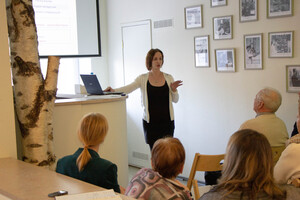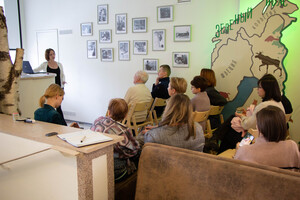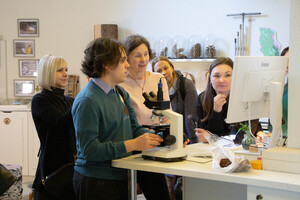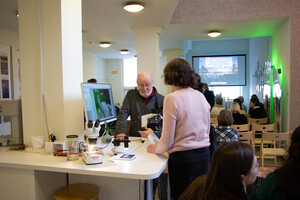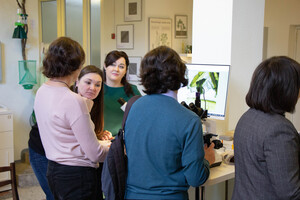News
See also:
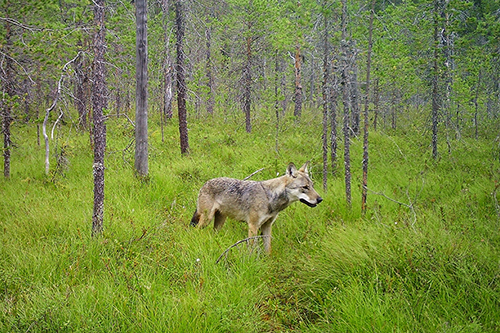
August 1, 2025
Scientists pin down a first finding of wolf-dog hybrids in the wild in Karelia
Genetic study of wolves taken down by hunters in Karelia shows hybrids from crossing between wild animals and dogs are appearing in the population. Scientists believe this may be driven by the hunting pressure – a survival strategy for the species. On the other hand, hybridization and inbreeding – crossings between close relatives – jeopardize the population in general. Meanwhile, wolves play a pivotal ecological role.
Genetic study of wolves taken down by hunters in Karelia shows hybrids from crossing between wild animals and dogs are appearing in the population. Scientists believe this may be driven by the hunting pressure – a survival strategy for the species. On the other hand, hybridization and inbreeding – crossings between close relatives – jeopardize the population in general. Meanwhile, wolves play a pivotal ecological role.
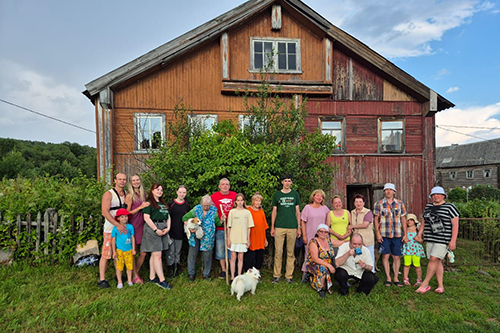
July 30, 2025
Ethnologists and historians from KarRC RAS visited villages historically inhabited by Ludic Karelians
An educational and popular-science ethnographic expedition to the Kondopoga District was undertaken by specialists from the Institute of Linguistics, Literature and History (ILLH) KarRC RAS within the project “Ludic Karelians: History, Culture, Traditions”. Scientists visited settlements historically inhabited by Ludic Karelians, talked to locals, observed countryside living and working routines, and participated in the making of a popular-science film.
An educational and popular-science ethnographic expedition to the Kondopoga District was undertaken by specialists from the Institute of Linguistics, Literature and History (ILLH) KarRC RAS within the project “Ludic Karelians: History, Culture, Traditions”. Scientists visited settlements historically inhabited by Ludic Karelians, talked to locals, observed countryside living and working routines, and participated in the making of a popular-science film.
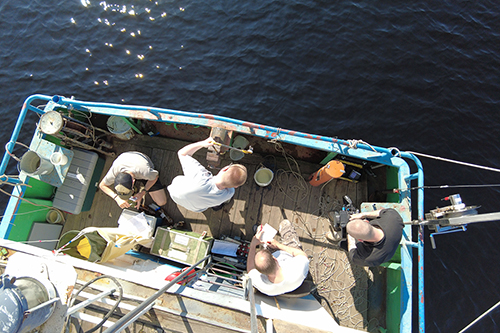
July 28, 2025
Researchers monitor the state of Lake Onego under climate change and human impact
Staff of the Northern Water Problems Institute KarRC RAS are back from an expedition that covered larger bays and deep-water regions of Lake Onego. The multidisciplinary studies both provide new data on the wellbeing of the lake ecosystem through modern analysis methods and permit tracing the changes relying on over 60-year-long own observation series. Annual monitoring is especially important for evaluating the combined effect of climate change and human impact on the lake.
Staff of the Northern Water Problems Institute KarRC RAS are back from an expedition that covered larger bays and deep-water regions of Lake Onego. The multidisciplinary studies both provide new data on the wellbeing of the lake ecosystem through modern analysis methods and permit tracing the changes relying on over 60-year-long own observation series. Annual monitoring is especially important for evaluating the combined effect of climate change and human impact on the lake.
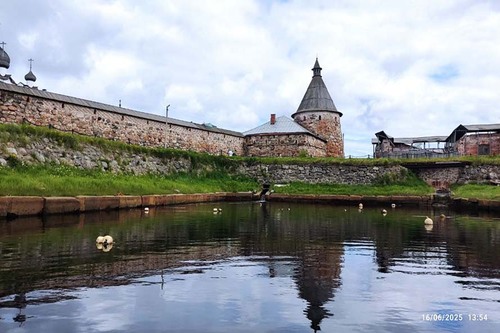
July 24, 2025
Karelian scientists assess the consequences of human impact on Solovki ecosystem
In 2025, KarRC RAS scientists continued field surveys in Blagopoluchiia Bay, Solovetsky Archipelago, White Sea. Two expeditions have already taken place – in winter and in summer, and one more is coming in August. Scientists explore the human impact on the archipelago’s nature, both in the bay waters and on adjacent land. They have detected an unusual ice structure, collected sediment cores to assess the pollution level, described the composition of the flora in the intertidal zone and the coastal meadows.
In 2025, KarRC RAS scientists continued field surveys in Blagopoluchiia Bay, Solovetsky Archipelago, White Sea. Two expeditions have already taken place – in winter and in summer, and one more is coming in August. Scientists explore the human impact on the archipelago’s nature, both in the bay waters and on adjacent land. They have detected an unusual ice structure, collected sediment cores to assess the pollution level, described the composition of the flora in the intertidal zone and the coastal meadows.




